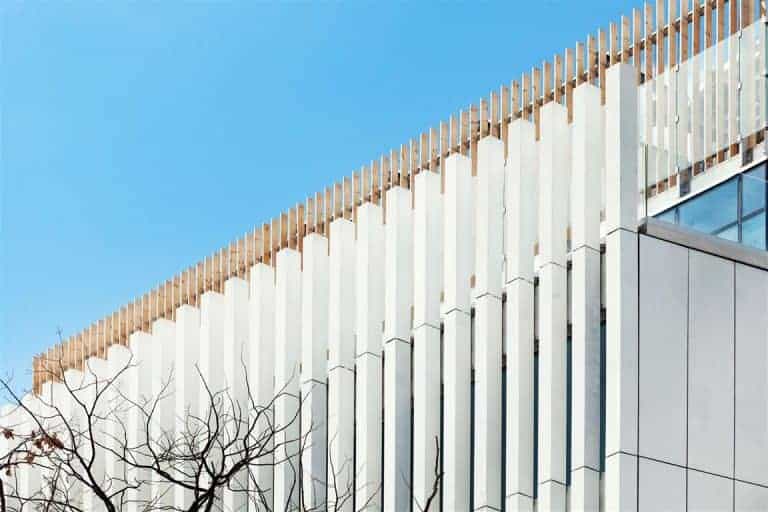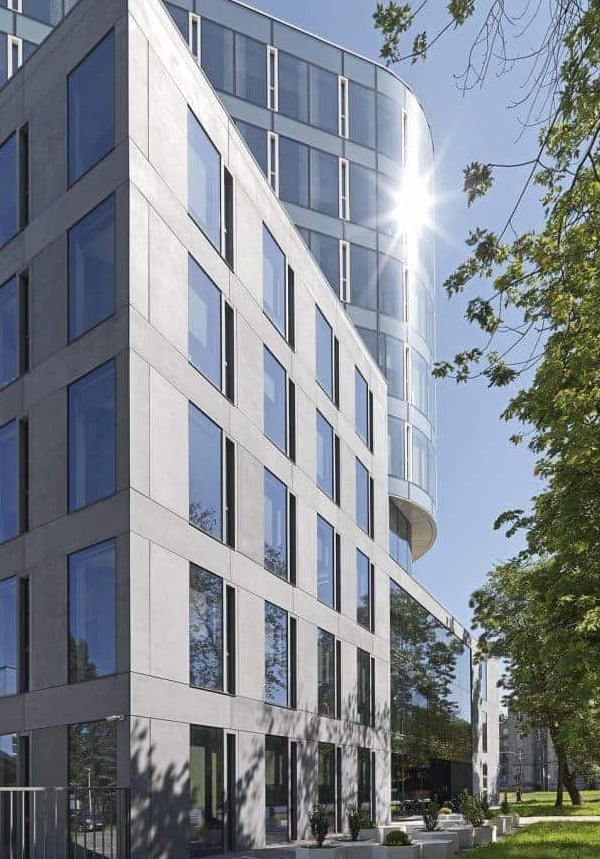
GRC cladding panels for high-rise buildings: A guide
GRC or Glass Reinforced Concrete cladding panels are a popular choice for high-rise buildings due to their durability, strength, and aesthetic appeal. They are made of a composite material consisting of cement, fine aggregates, water, and alkali-resistant glass fibers. This type of cladding offers several benefits, including low maintenance, excellent insulation, and a long lifespan. In this guide, we will take a closer look at GRC cladding panels for high-rise buildings, their advantages, and some considerations for their installation. Advantages of GRC Cladding Panels GRC cladding panels have numerous benefits, making them a popular choice for high-rise buildings. Some of the advantages of GRC cladding panels include: Considerations for GRC Cladding Panel Installation While GRC cladding panels offer several benefits, there are some considerations to keep in mind when installing them on high-rise buildings. These include: GRC Cladding Panel Installation Process The installation process for GRC cladding panels typically involves the following steps: In summary GRC cladding panels are an excellent choice for high-rise buildings due to their durability, strength, and aesthetic appeal. They offer several benefits, including low maintenance, excellent insulation, and a long lifespan. However, proper installation and maintenance are essential to ensure their longevity and performance. It is crucial to work with experienced professionals who have the expertise and equipment to handle the installation process. Regular inspections and cleaning are also necessary to prevent damage and ensure the cladding panels’ longevity. By following these guidelines, GRC cladding











